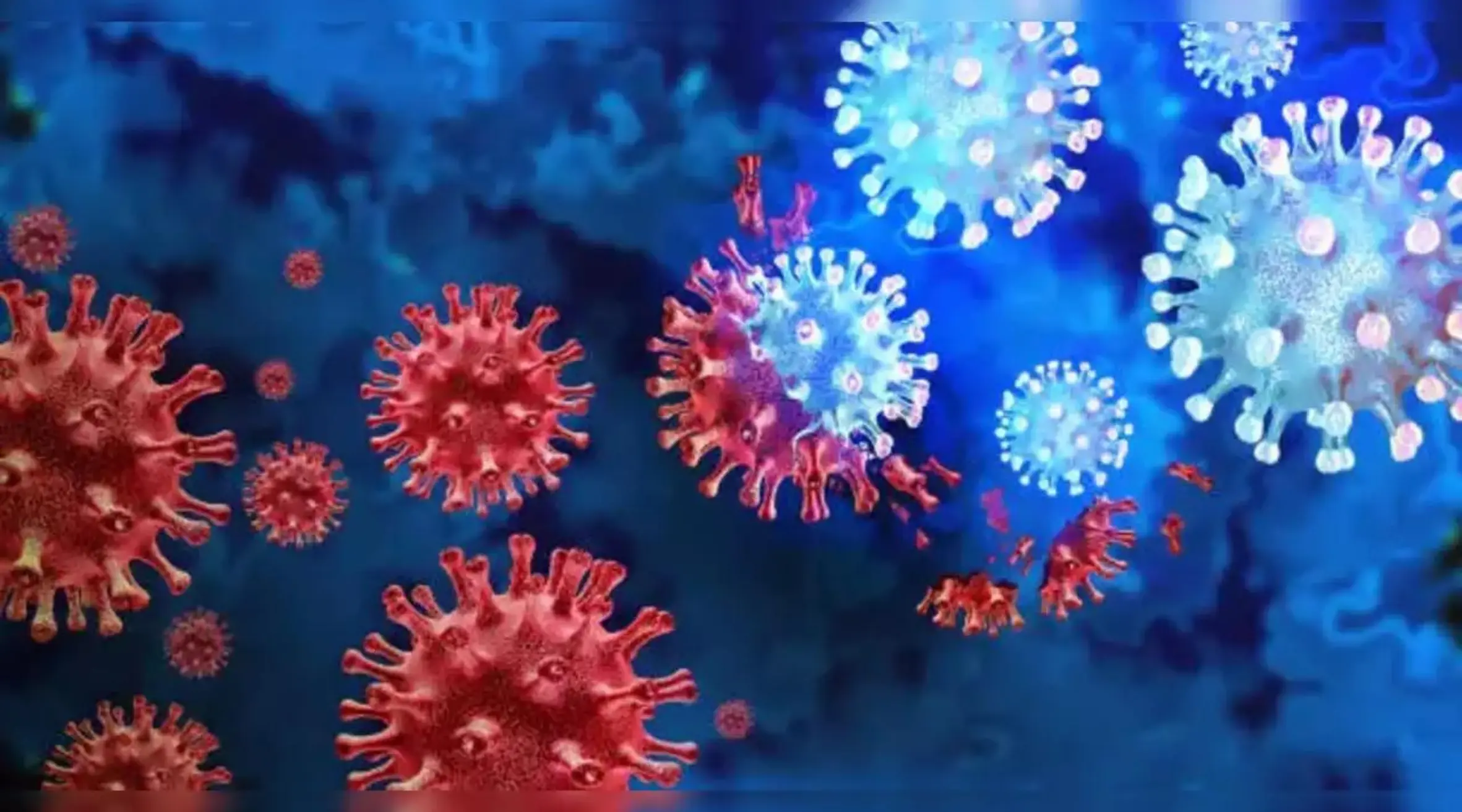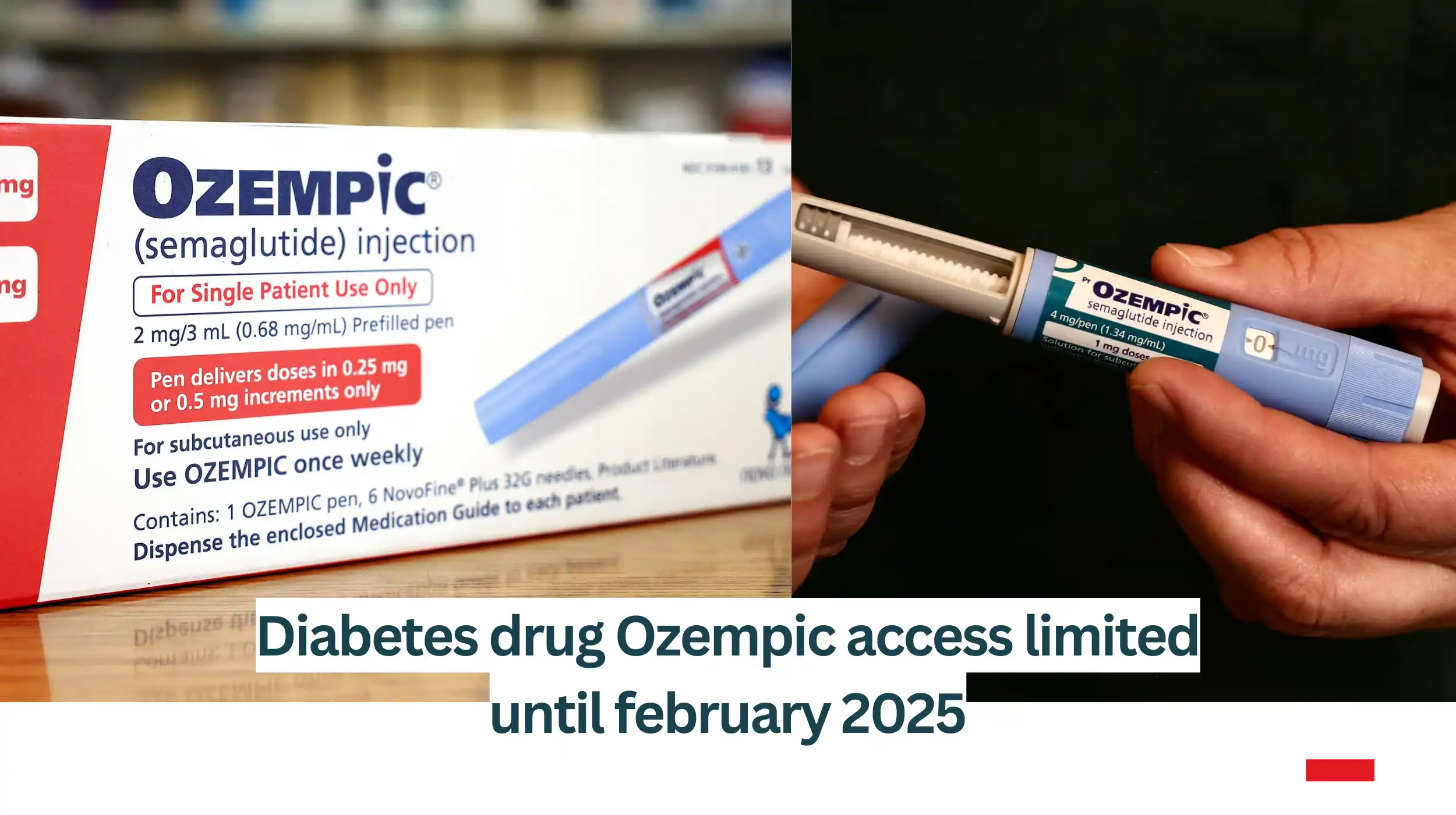Brussels (Brussels Morning) – In Belgium, COVID-19 cases surge due to FLiRT variants, with 15.3% positivity rates. Virologist Van Gucht calls it a “little summer wave,” urging caution amidst increasing infections.
The number of COVID-19 cases in Belgium has been increasing sharply in recent weeks due to the belatedly ‘FLiRT’ variants, with over 15% of tests now indicating a positive result. Virologist Steven Van Gucht names it “an exceptional little summer wave.”
What is Driving the Increase in COVID-19 Cases?
While the rate of positive COVID-19 tests increased to 15.3% in the course from 16 to 22 June (up from 1-2% two months ago), the end of the school year and the long-awaited warmer climate will prevent the number of cases, Van Gucht said. “This is nothing to worry about. While the ratio of positive tests is relatively high, in absolute numbers the cases are down and the impact on hospitals remains very little,” he said. “But we are witnessing an increase in the number of illnesses in recent weeks and this has not yet stabilised. We are waiting for a decrease.”
The virus’s reproduction speed– the number of individuals contaminated by COVID-19 from a single positive case – is at 1.309. To stop the virus from proliferating, this rate must be under 1. Since December 2023, the JN.1 variant has been noted as the majority in Belgium, as per Sciensano’s molecular watch. Data regarding the existence of a new variant in recent weeks hasn’t been analysed yet.
It involves COVID-19 tests carried out on hospital patients, among others, when they are supposed to be infected. Several months ago, it was unusual to find a positive test, but they are now more familiar.
Are FLiRT Variants Behind Belgium’s COVID-19 Spike?
Still, Van Gucht emphasised that this is not a problematic condition and compared the number of cases to the November-December period. During this period, there was a surge with 35 cases of COVID-19 per 10,000 residents. Now, it is seven per 10,000. It is not only the bad climate of the past few weeks that recreates into the hands of the virus, as variants that influence people’s immunity more easily are spreading as well – called ‘FLiRT’ variants.
FLiRT is an acronym indicating the mutations that are now prevalent (FP2 and FP3), Van Gucht described. “They are descendants of JN1, the Omicron variant that forced a spike in November and December last year.”
“They are variants with two extra mutations. This is not groundbreaking in itself. But those mutations are in areas where the antibodies bind. Many people have since built up immunity to JN1,” he stated. “The new FLiRT variants may run our immunity slightly better due to those two mutations and give the virus just sufficiently extra clout to cause this little summer wave.” The symptoms seem to be the same as with the earlier variants: coughing, a blocked nose, headache, muscle discomfort, nausea or vomiting and exhaustion.
While the COVID-19 peak arrives right at the start of the festival and party season, Van Gucht added that there is no demand to be extra careful. “Unless you have weak health or are very susceptible to infections.”








